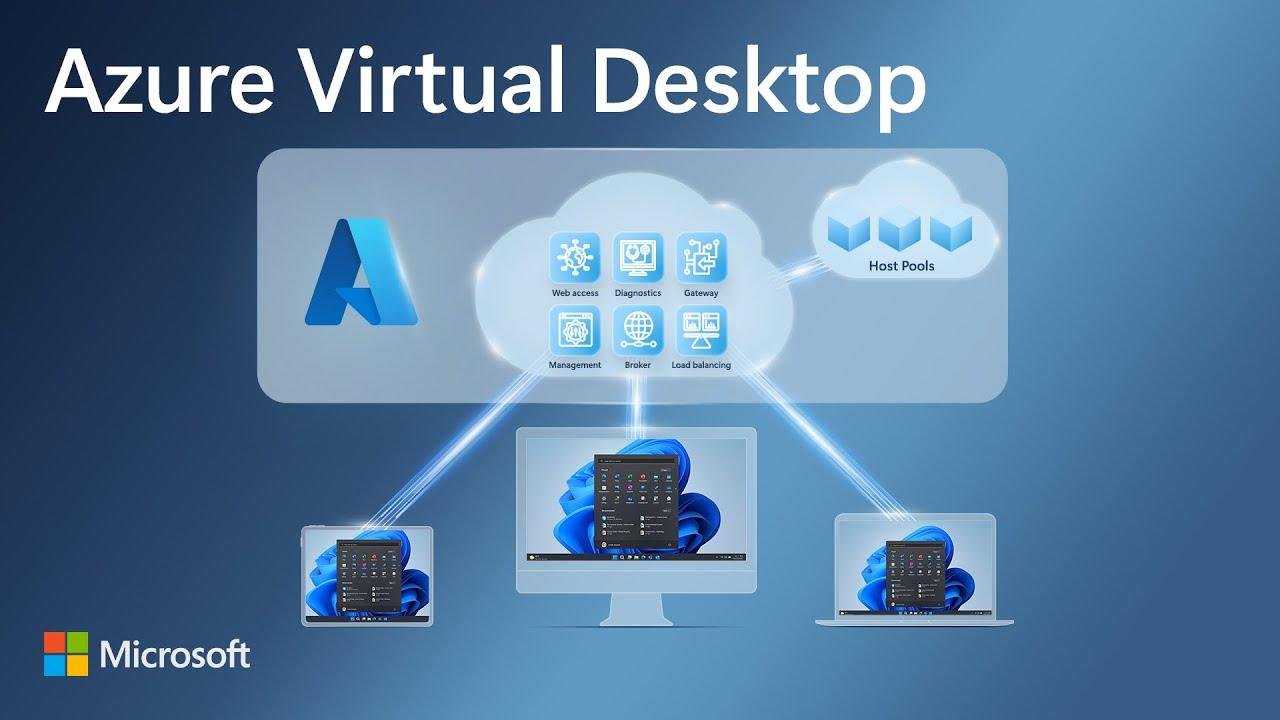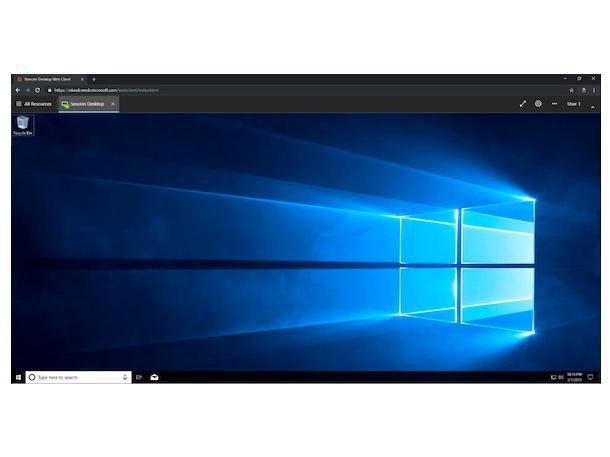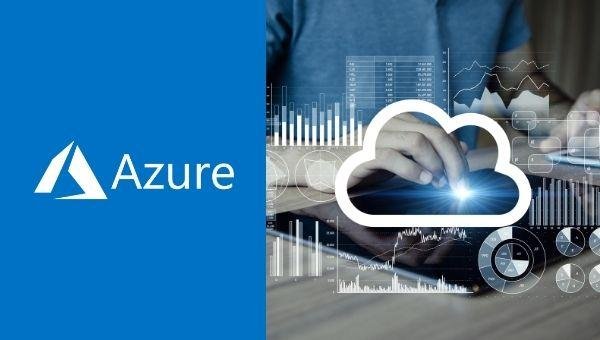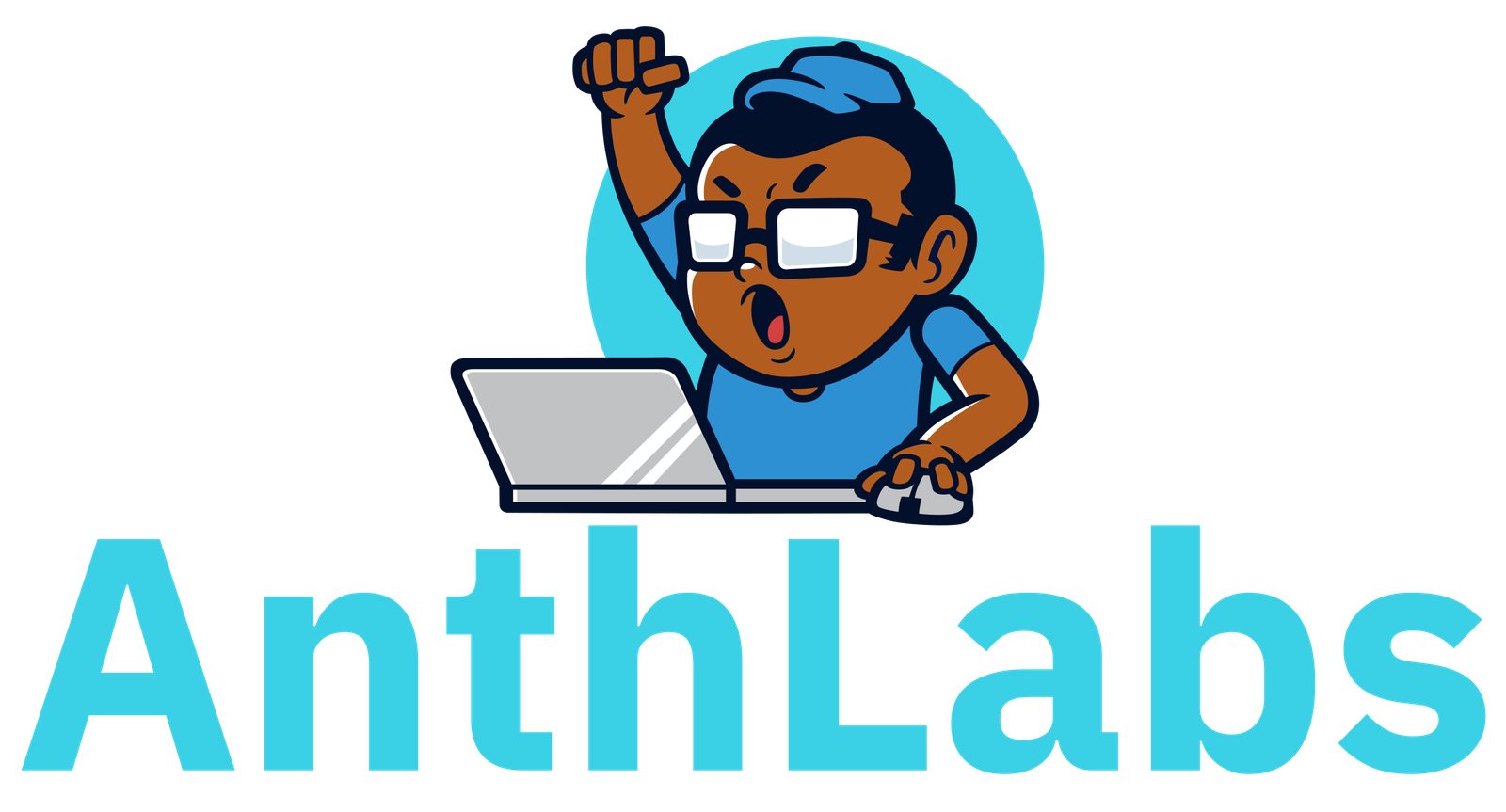In our increasingly digital world, the need for flexible and efficient work solutions has never been more pressing. With the rise of remote work, catalyzed by events like the COVID-19 pandemic, businesses are seeking innovative ways to ensure their teams remain connected and productive, nonetheless of location. Enter Windows Virtual Desktop-a groundbreaking solution that allows organizations to tap into the power of the cloud, enabling secure access to workspaces from anywhere around the globe. In this blog post, inspired by a recent episode of Azure Friday featuring expert Christiaan Brinkhoff, we’ll delve into the transformative capabilities of Windows Virtual Desktop. From its role in facilitating remote work to the underlying architecture that makes it a robust enterprise solution, we’ll explore how this technology is not just saving companies, but reshaping the future of workplace collaboration. Join us as we unpack the essential features, benefits, and insights into how businesses can leverage this powerful tool to thrive in a new era of work.
Understanding the power of Windows Virtual Desktop for Remote Work

Windows Virtual Desktop revolutionizes the remote work landscape by offering an accessible and secure workspace from any location around the globe. Leveraging Azure’s infrastructure, businesses can deliver an optimal user experience regardless of where their employees are situated. With the surge in demand for remote work solutions driven by recent global events, this technology has proven to be a lifeline for numerous organizations. The capacity to quickly set up and manage remote access not only streamlines operations but also enhances productivity, enabling teams to collaborate effectively from afar.
One of the standout features of windows Virtual Desktop is its enterprise-ready architecture that surpasses standard virtual machines. It encompasses a complete control plane that includes critical capabilities such as load balancing, resource sharing, and multi-session support. This ensures that companies can efficiently manage a large number of virtual desktops while maintaining performance and security. Furthermore, it allows businesses to provide access across various operating systems and devices, ensuring that employees can connect seamlessly and securely, maintaining business continuity without the need for physical hardware.
Key Differences Between Windows Virtual Desktop and traditional Virtual Machines

Windows Virtual Desktop revolutionizes the way businesses manage remote work by providing a comprehensive workspace that is accessible globally.Unlike traditional virtual machines, which require users to set up individual environments, Windows Virtual Desktop centralizes management, ensuring a superior user experience from anywhere.The architecture includes a control plane that handles critical tasks like load balancing, managementand diagnostic access.This enterprise-ready solution allows companies to efficiently allocate resources, enabling thousands of users to securely connect to their desktop environments concurrently.
In contrast, traditional virtual machines frequently enough lack the advanced features of windows Virtual Desktop, such as multi-session capabilities, which allow multiple users to share a single operating system while maintaining separate sessions. This leads to resource utilization that is optimized and cost-effective, especially in scenarios where remote work is rapidly increasing. furthermore, while traditional setups typically require manual management and provisioning, Windows Virtual Desktop streamlines the process, allowing IT departments to manage deployments effortlessly across various operating systems and devices, ensuring employees can remain productive no matter their location.
| Feature | Windows Virtual Desktop | Traditional virtual machines |
|---|---|---|
| Multi-Session Support | Yes | No |
| Global Accessibility | Yes | Limited |
| Centralized Management | Yes | Manual |
| resource Sharing | Efficient | Inefficient |
The Role of Azure in Enhancing User Experience and Security

Azure plays a pivotal role in revolutionizing the user experience and enhancing security in today’s remote work environment. Through the integration of Windows Virtual Desktop, Azure enables users to securely access their workspace from any location globally. This capability addresses the increasing demand for remote working, especially in light of recent global events such as the COVID-19 pandemic. Companies that have adopted this technology benefit from an efficient and rapid setup, which allows their teams to be productive from home without the need for physical access to their office machines.
What sets Azure’s Windows Virtual Desktop apart from traditional virtual machine setups is its robust architecture and enterprise-ready features. The platform includes an intricate control plane that manages various roles and optimizes resource sharing through load balancing. this means that multiple users can securely access shared operating systems, such as Windows 10 multi-session, enabling organizations to maintain operational continuity amid workforce shifts. leveraging Azure not only enhances the user experience by providing versatility and accessibility but also fortifies security by ensuring that all connections are managed and controlled in a centralized manner.
Best Practices for Implementing Windows Virtual Desktop in Your Organization

To effectively implement Windows Virtual Desktop (WVD) within your organization, it’s essential to prioritize user experience and security. **Establish a clear plan** for deployment by assessing your business needs, current infrastructure, and the skill sets of your IT staff. Use Azure as your foundation for a global footprint,which allows employees to access their workspaces securely from anywhere in the world. ensure that your architecture includes a reliable control plane with essential roles such as management, load balancing, and diagnostic capabilities. This setup not only enhances performance but also equips your organization to handle the increased demand for remote work seamlessly, particularly in the wake of events like the COVID-19 pandemic.
Furthermore, organizations should embrace a **robust training program** to familiarize employees with the WVD environment. Encourage users to utilize this platform across multiple devices, whether they are using Windows, Mac, or Android systems. By offering support and resources during the transition, you’ll encourage a smooth adaptation to this new way of working. Regularly track and analyze usage patterns to optimize resource allocation and address any issues promptly. The combination of strategic planning and user-focused training can transform your organization’s productivity and efficiency through the accomplished implementation of Windows Virtual Desktop.
The Way Forward
the discussion surrounding Windows Virtual Desktop highlights its meaningful role in facilitating remote work, especially in today’s climate where flexibility and security are paramount. Christiaan Brinkhoff’s insights into the architecture and functionalities of this platform reveal how it enables businesses to seamlessly transition into remote operations.With the global shift towards working from home, solutions like Windows Virtual Desktop not only provide the necessary infrastructure but also offer enhanced user experiences across multiple devices and operating systems.As companies navigate the challenges of this new era, leveraging such technologies can make all the difference in maintaining productivity and ensuring employees remain connected and empowered. We hope this exploration has shed light on the evolving landscape of virtual workspaces and inspires you to consider how these tools can benefit your own organization.thank you for joining us on this journey. Stay tuned for more insights and discussions on the latest in technology and innovation!
